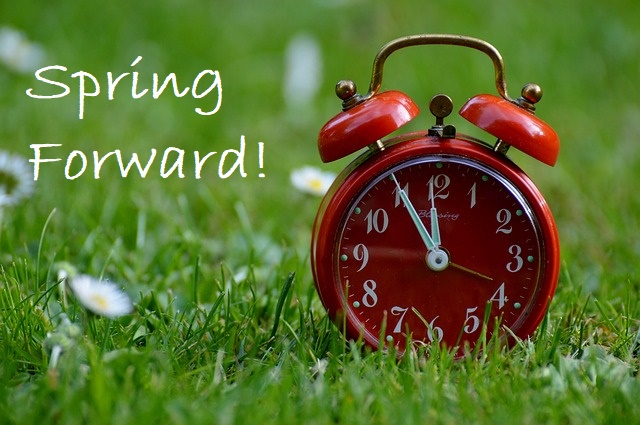Daylight Saving Time is the practice of changing the clocks forward one hour from standard time during the summer months and changing them back again in the fall. The general idea is that this allows us all to make better use of natural daylight. In 2020, Daylight Saving Time begins the second Sunday in March at 2 A.M.
Credit for Daylight Saving Time is often attributed to Benjamin Franklin, who suggested the idea in 1784 as a joke. British-born New Zealander George Hudson proposed the concept in 1885 but was ridiculed. The idea was revived in 1907, when William Willett, an Englishman, proposed a system in the pamphlet The Waste of Daylight.
The Germans were the first to officially adopt the light-extending system in 1915 as a fuel-saving measure during World War I. The British switched one year later, and the United States followed in 1918, when Congress passed the Standard Time Act, which established our time zones. This experiment lasted only until 1920, when the law was repealed due to opposition from dairy farmers (cows don’t pay attention to clocks).
During World War II, Daylight Saving Time was imposed once again (this time year-round) to save fuel. Since then, Daylight Saving Time has been used on and off, with different start and end dates. Currently, Daylight Saving Time begins at 2:00 A.M. on the second Sunday of March and ends at 2:00 A.M. on the first Sunday in November.
Drastic changes to your feeding schedule can sometime play havoc with your livestock’s digestive tracts. It is for that reason that many livestock farmers make subtle changes to their feeding schedules in the spring and then again in the fall, adjusting a few minutes each day over a few weeks before the “official” date of change.

